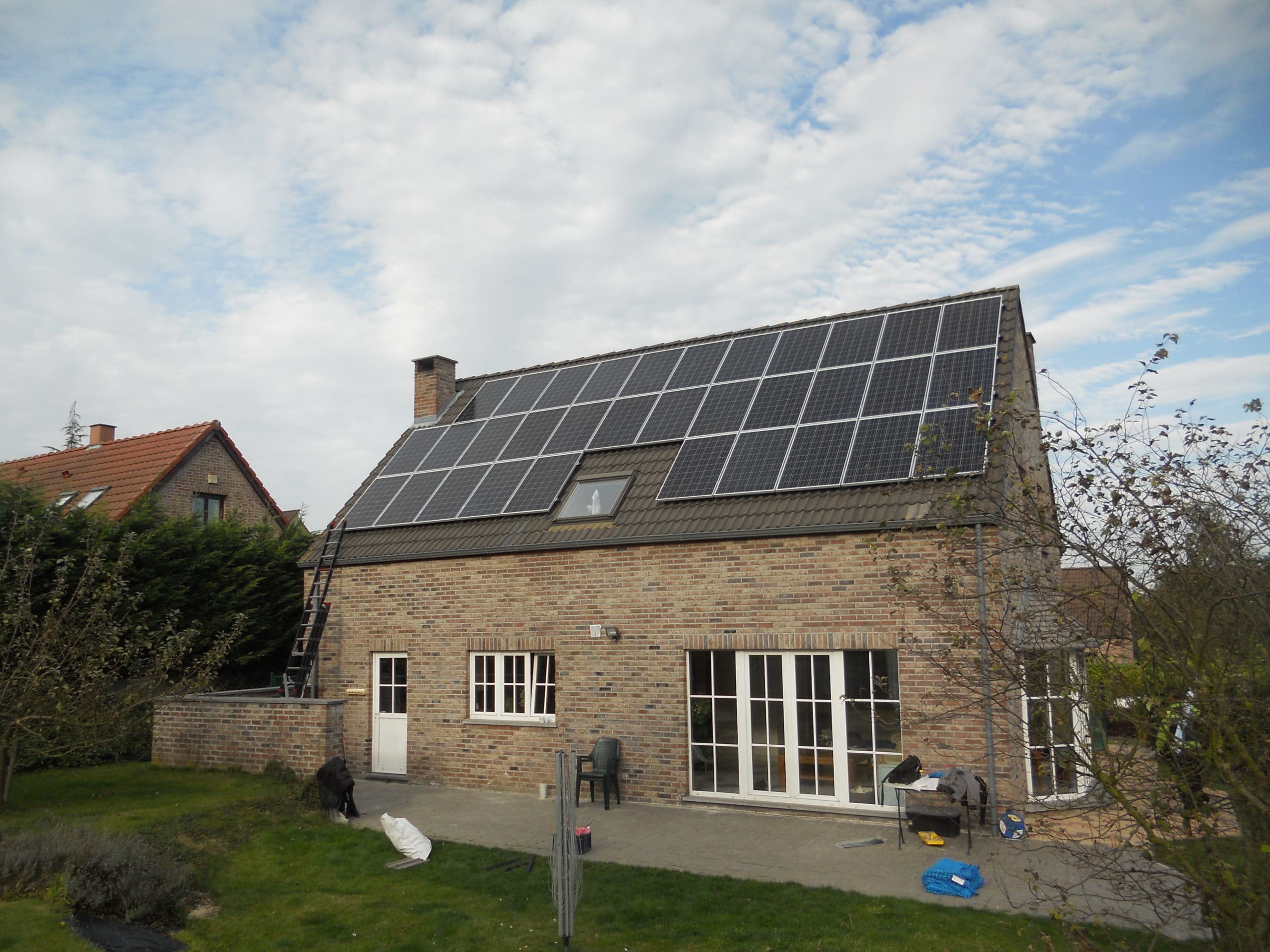You have decided to install solar panels to make a profitable investment and contribute to the ecological transition? You've made a very good decision! By now, you're probably wondering what's the best way to finance your installation. Several options are available: third-party investment (only applicable in Brussels for private individuals), equity financing and bank financing. Some third-party investment offers may seem tempting, but what's the reality? Let's take a look at the different ways you can finance a residential installation.
Equity financing
The advantage of this type of financing is that you own the plant, and you receive the premiums and benefits (such as green certificates in Brussels) directly from your installation. If you've got money "sleeping in an account" and earning next to nothing, it's in your interest to invest in something safe, green and profitable, such as a photovoltaic system. In fact, the rate of return on such an investment is 7 to 10% per year.

.
Third-party investment
Third-party investment (for private individuals: only applicable in Brussels) means you pay nothing up front for your system, with the third-party investor financing the entire system and becoming its owner. While it may seem like "El Dorado", nothing is free. In return for the financing, the third-party company will collect the green certificates granted for each unit of energy produced by the panels. As a result, you won't be able to collect the green certificates, which means a loss of income for you ( find out more about the green certificate system). In short, even if third-party investment means you don't have to invest anything in the short term, you need to be aware that the investor has to earn a return, and that profitability will therefore be lower in the long term than with an equity or bank investment.

.
Bank financing
As with equity financing, you own the plant and benefit from the green certificates. The only difference is that you spread your investment over time. If you don't have the money immediately available to finance your installation, or if you're saving it for other projects, you're well advised to opt for bank financing. It's a good time to do so, since interest rates are historically low. What's more, banks are very keen to finance this type of investment, enabling you to reduce your carbon footprint while adding value to your property. The annual borrowing rate for these "green loans" or "energy credits" is currently less than 1.5%. (sources: BNP Paribas & Belfius )

.
In conclusion:
| + | - | |
| Equity financing | Enables the highest yield | Requires available funds, not possible for everyone |
| Third-party investment | Nothing to invest | Profitability shared with the third-party investor, with the customer not benefiting from installation-related income |
| Bank financing | Loans easily granted in most cases, nothing to invest in immediately, interest rates currently very low | Interest payable to the bank |
Interested? Contact us !

